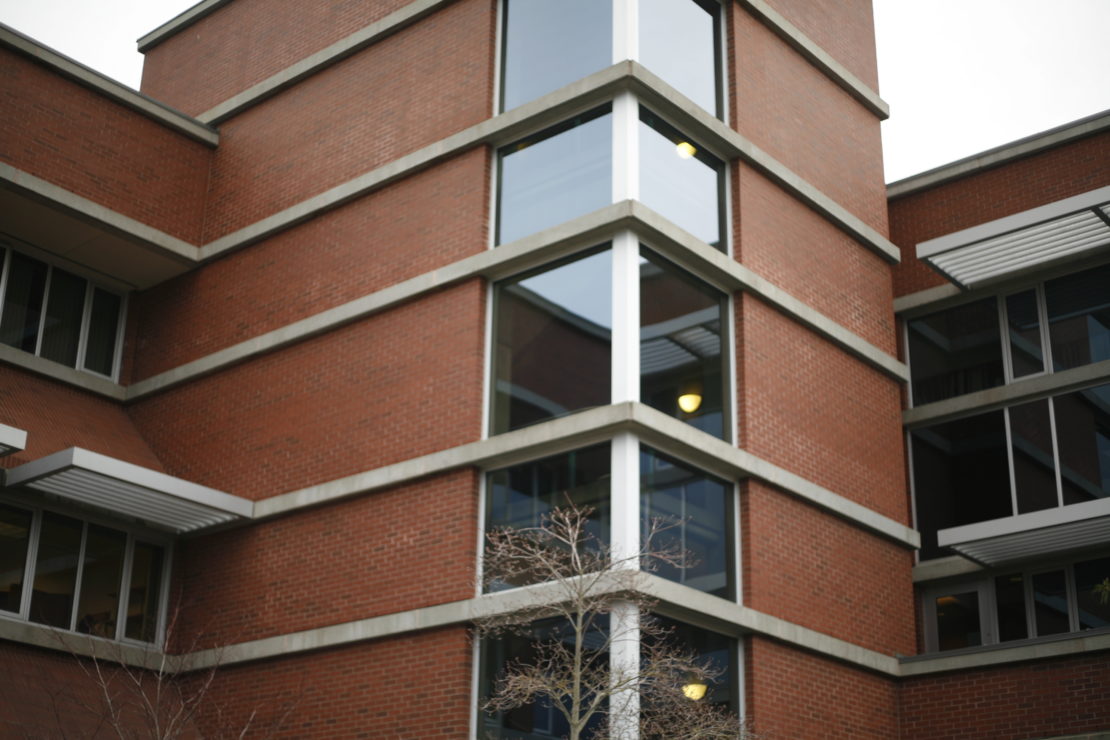New mobile palliative care program launched last month

Last month, a new mobile palliative care program officially began serving those who are homeless or barely housed in Victoria. The Palliative Outreach Resource Team (PORT) meets people around the city and takes a community-based approach to care.
PORT was designed by UVic, Island Health, Victoria Cool Aid Society, and Victoria Hospice. Katie Leahy and Dr. Fraser Black, a Registered Nurse and a physician respectively, are the two central members of this team. They work closely with community partners rolling out this program in Victoria’s inner city.
“For almost a decade, providers in our community have cobbled together resources to meet the needs of our clients who are living with unmet palliative needs,” says Grey Showler, director of health and support services at Cool Aid. “We are thrilled to see PORT come to life.”
The program follows the research of UVic professor Dr. Kelli Stajduhar — a lead investigator for the Equity in Palliative Approaches to Care program with the Institute on Aging and Lifelong Health and the School of Nursing. Back in 2011, community members reached out to Stajduhar and expressed that palliative care needs were not being met for those homeless in Victoria. With that in mind, Stajduhar began research on PORT.
Her three-year study, titled Too Little Too Late, followed 25 people in need of end-of-life care and homeless or barely housed.
“PORT is the clinical services of something that is a much larger entity, that we’re calling equity in palliative approaches to care,” Stajduhar explained. “It’s a larger community collaborative … working together to do research locally, nationally, and internationally.”
Stajduhar could not accurately indicate whether PORT had the capacity to meet all of the palliative care needs of Victoria’s homeless or barely housed population. However, her research has found that building bridges between community partners and reaching people who need care wherever they are helps to break down stigma and improve the quality of life for those who are dying.
A third of the homeless or barely housed people in Victoria are Indigenous, so it was integral to the PORT team that PORT was developed with their unique needs in mind. Stajduhar works directly with Bernice Kamano, a local Indigenous outreach coordinator.
“Our community doesn’t like hospitals — it’s a difficult place for them to go,” Kamano said in an article for the CBC, referencing the residential school system, forced sterization, and structural genocide Indigenous people have experienced.
As the PORT program launches, Stajduhar has already begun working with others in the community, including Kamano, to research ways in which palliative care can be more inclusive of existing community support structures.
“We have a very siloed [health care] system, and that produces barriers to care,” Stajduhar explained. “In my view, care for people who are dying is a collective responsibility.”
The PORT approach works with everyone involved in a person’s care, and helps where there may be gaps in existing needs or care. For instance, if someone was regularly visiting a physician, the PORT team would work with their physician and other caregivers in the community, such as a Cool Aid coordinator or street family, to ensure everyone was involved in caring for this person in a way that meets their physical, spiritual, and psychosocial needs.
Reflecting on PORT’s journey, Stajduhar said, “the development of PORT is a really good example of how all of these sectors, like the university, the community, and the health system, can actually work together to develop something that is really evidence-informed but grounded in the community.”








